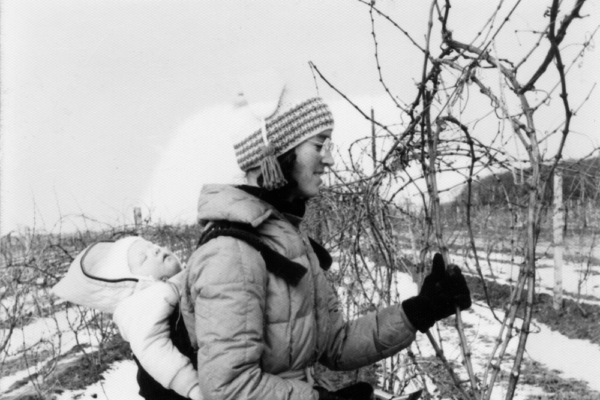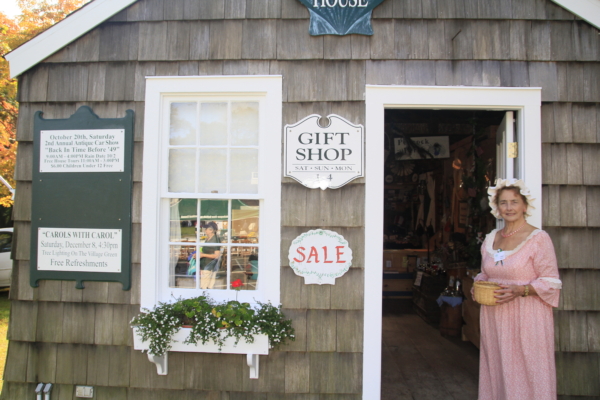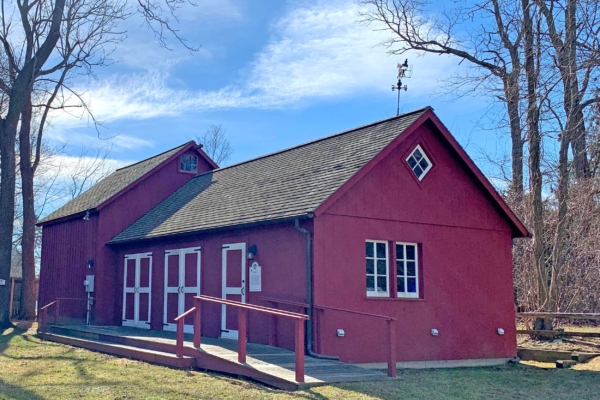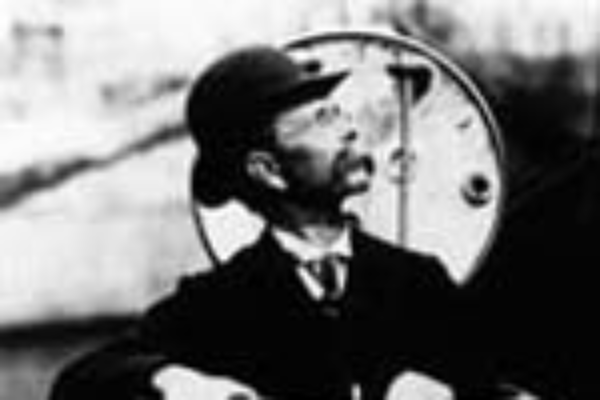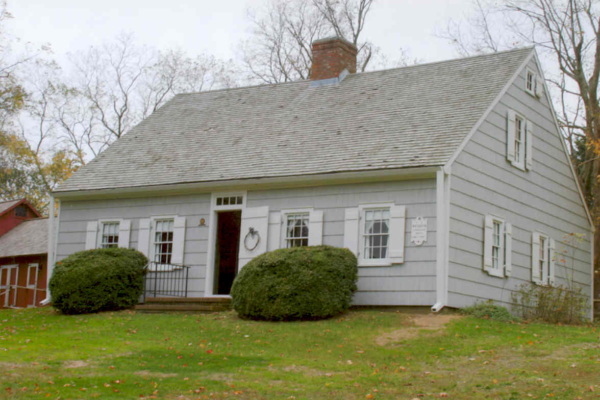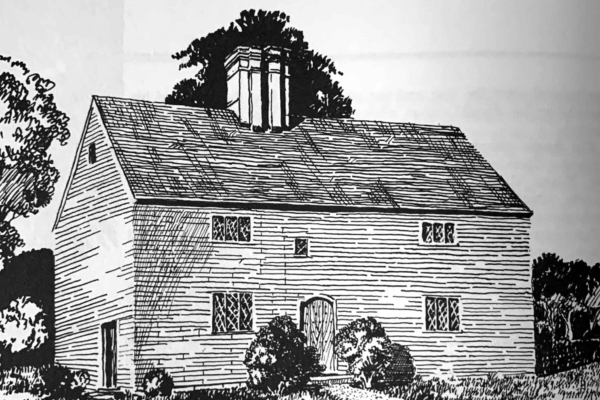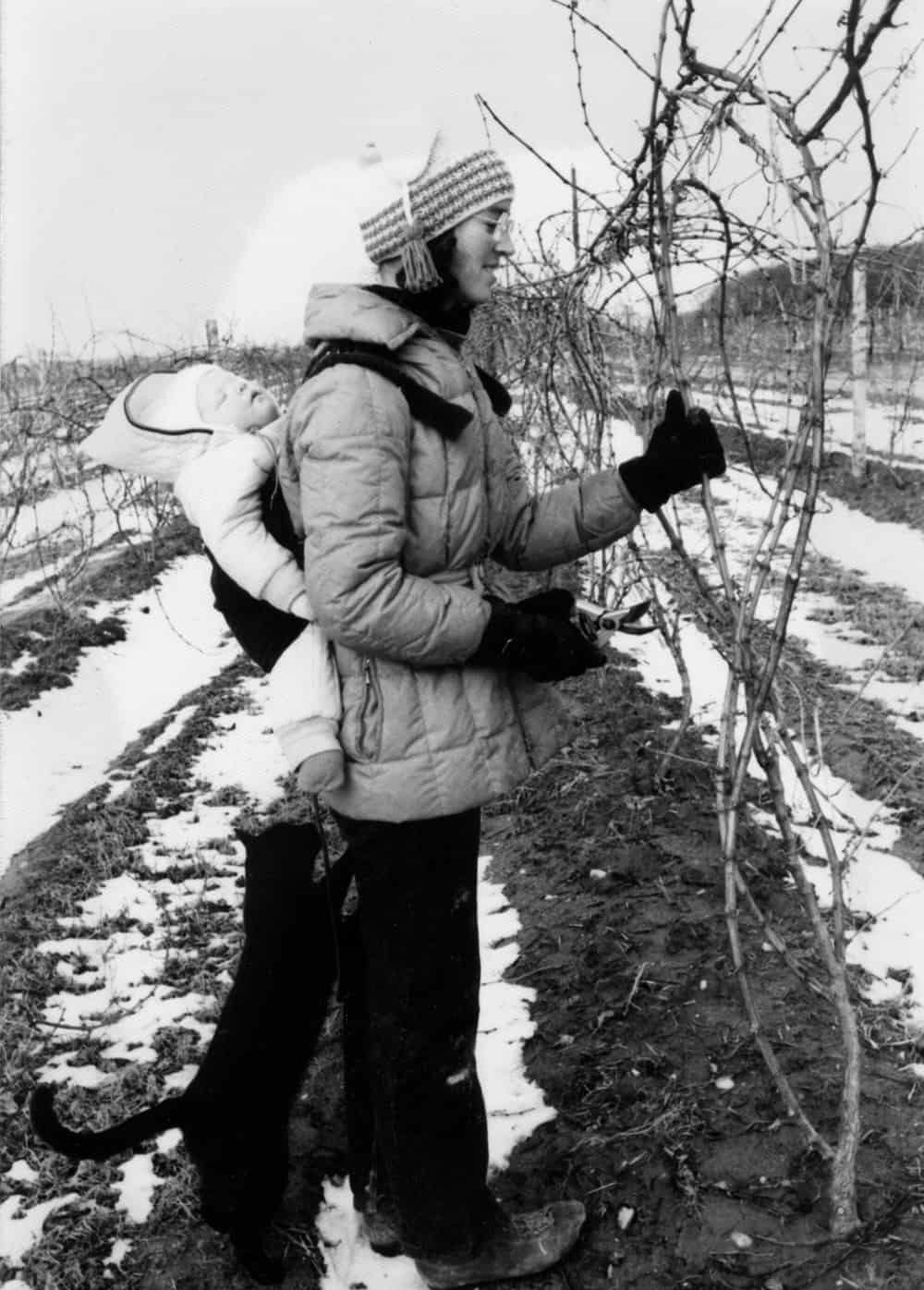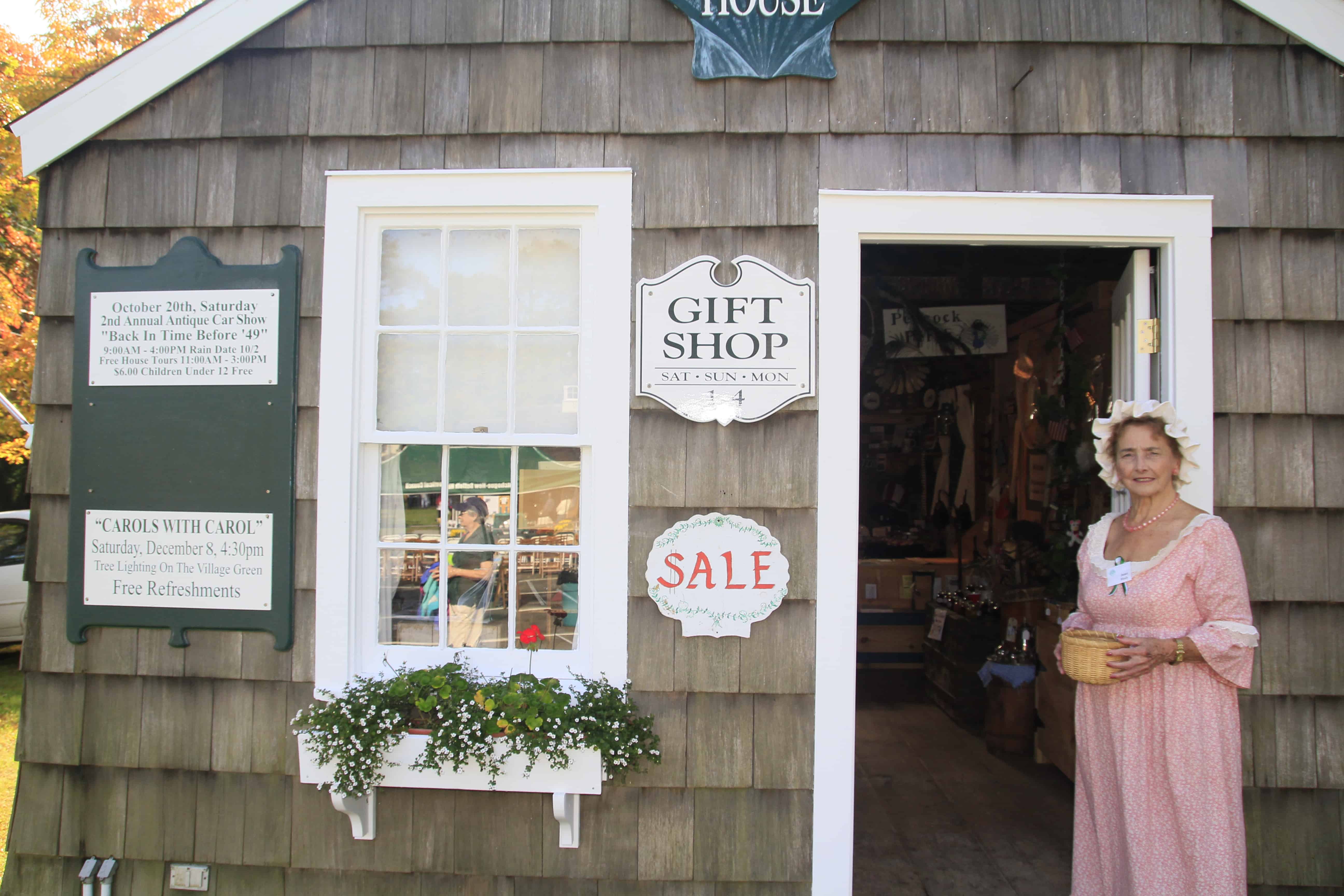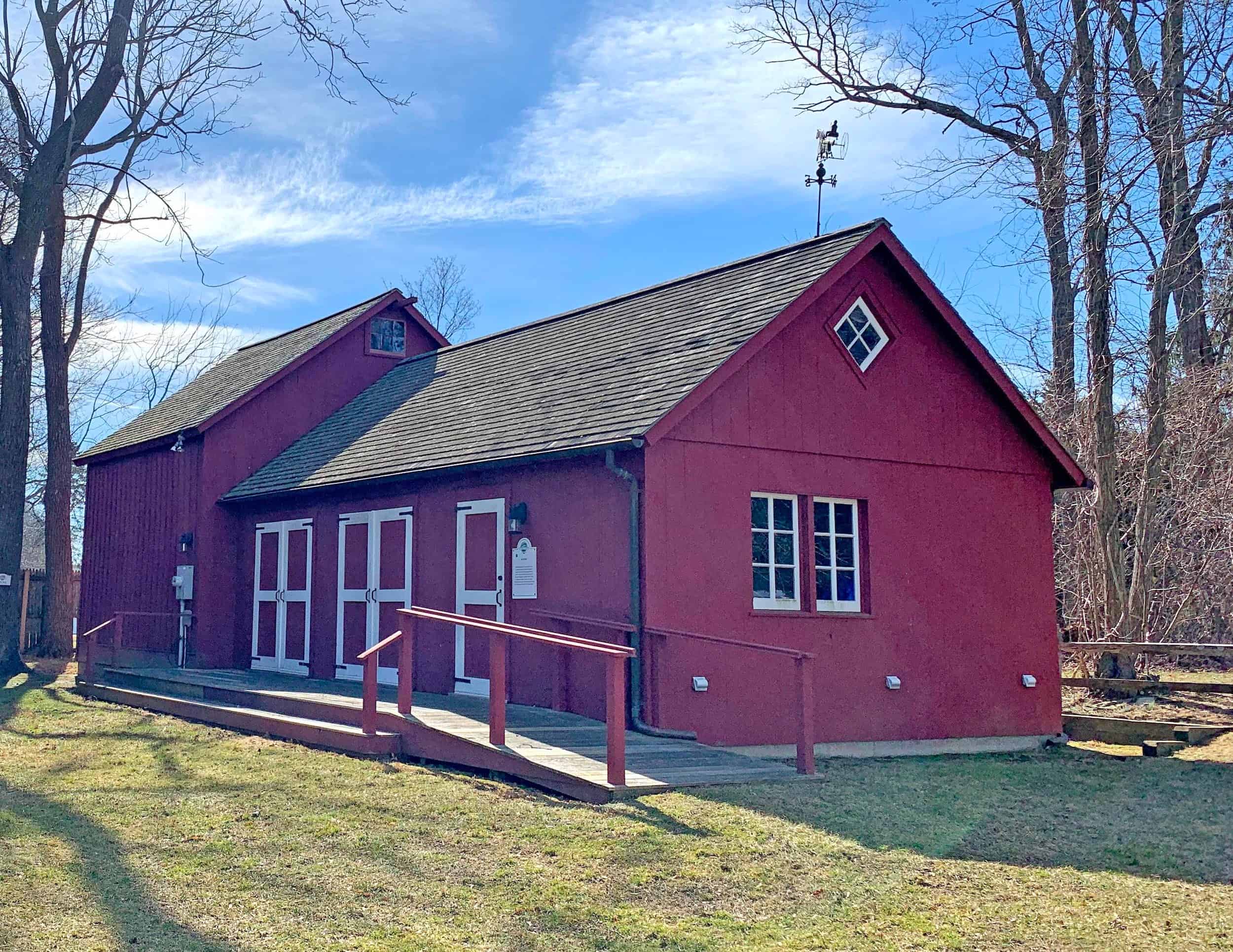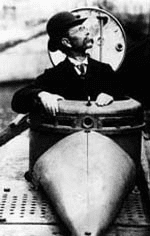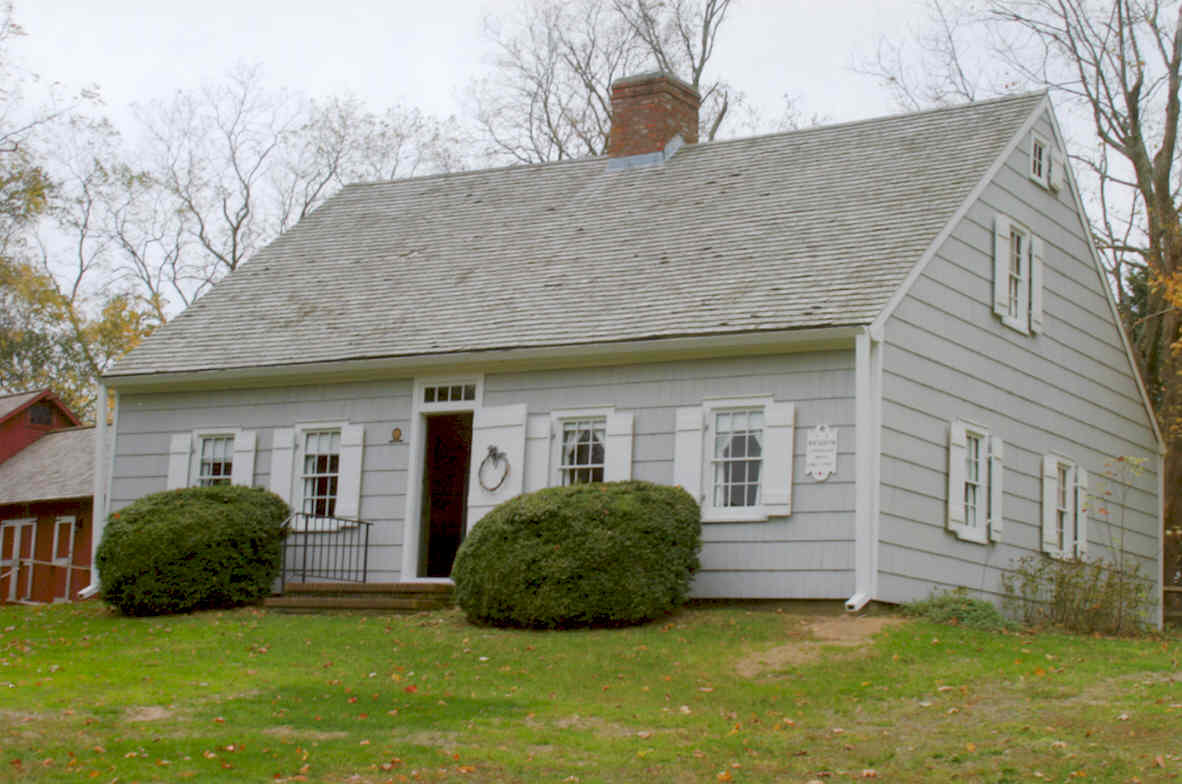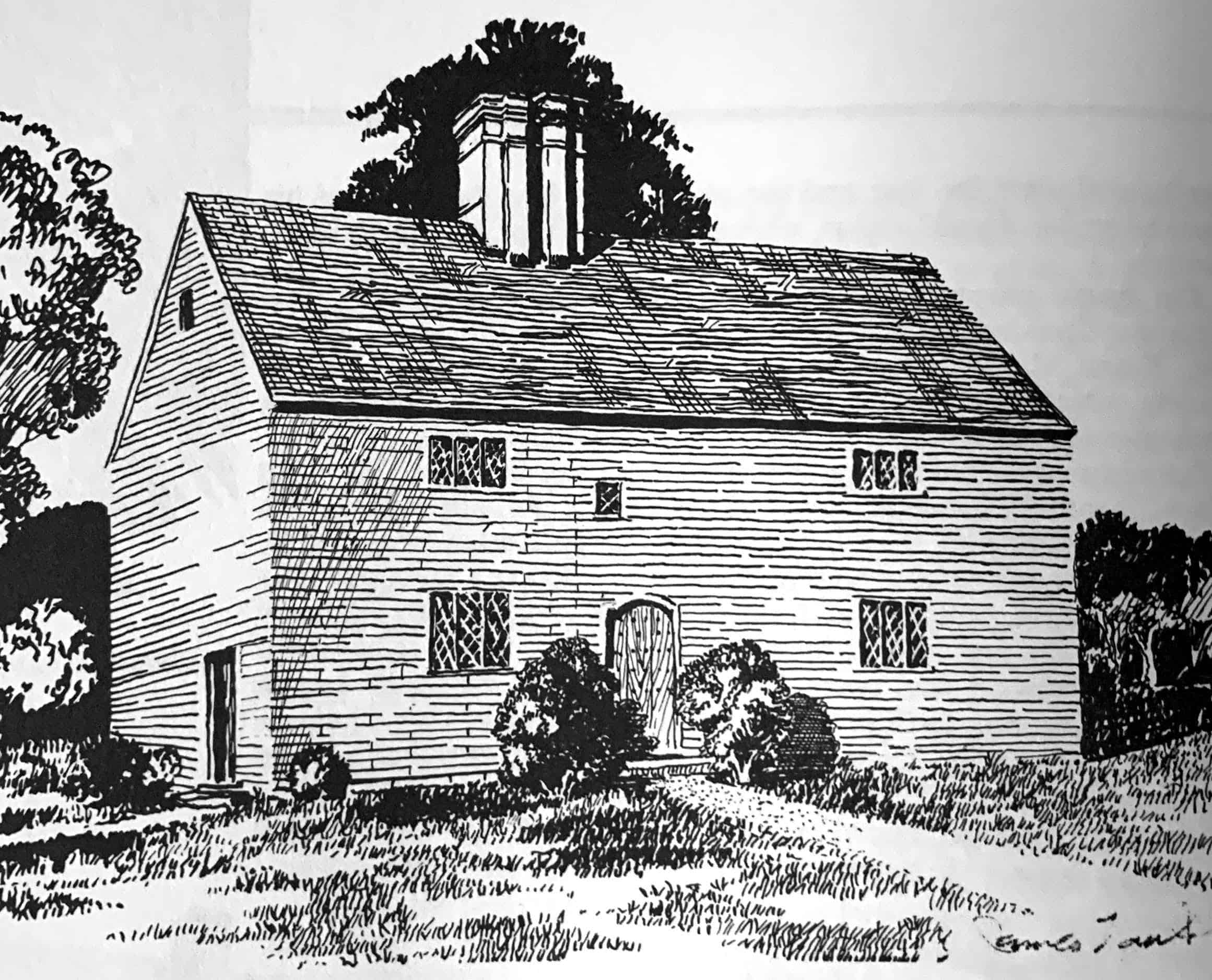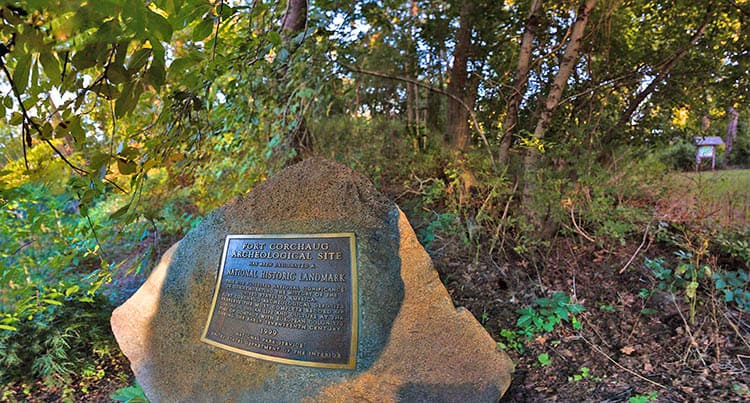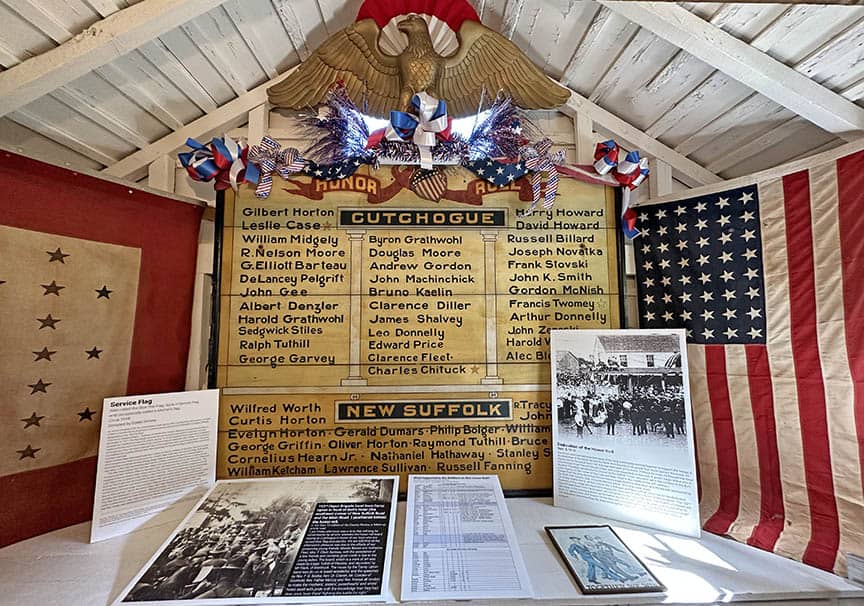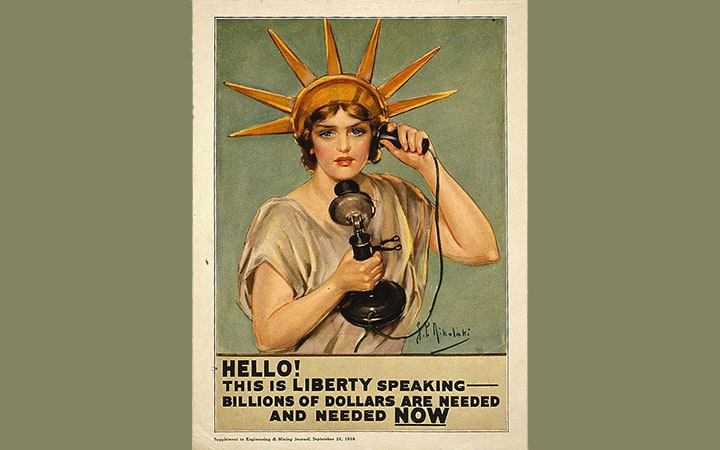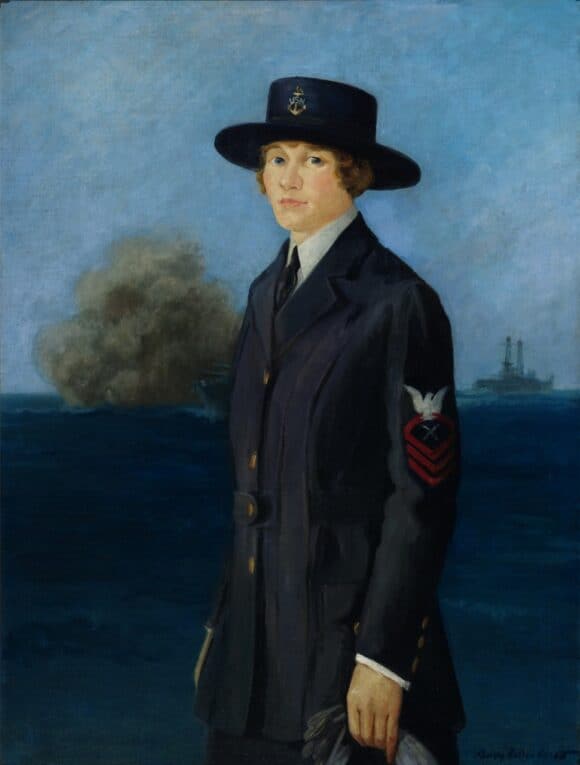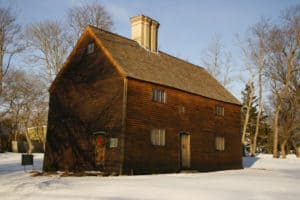We noticed an egregious error when we were updating our website in the spring. The original creator of our website had gone to great lengths to document important points of local history on the landing page timeline but neglected to include the Corchaug Indians and the point of first contact with the early settlers and founding fathers. This was a grave error, especially for a historical society that named itself a Council in honor of the local Indians. Rather than delay the launch of the new website, we decided to go live with our updates and take our time to research the local Indians and our relationship with them thoroughly. This turned out to be more involved than we thought and revealed a 30+ year effort to preserve one of the nation’s most important sites of first contact. It also meant that to do their story justice, we created a page over 1600 words long. Not ideal in this world of sound-bites and headline reading, but necessary for anyone who wants an in-depth understanding of the local indigenous people and our relationship to them.
Most of the source material is thanks to the thesis of 20th-century archeologist Ralph Solecki, a local who grew up near the site and became an important archeologist. It also tells the story of many local people who worked hard for over 30 years to preserve the land that the important Fort Corchaug sits on at Down’s Preserve in Cutchogue. Many of the people and their deeds are unnamed in the story. Ronnie Wacker, Jim Grathwohl, William Baxter, Timothy Caufield, Jean Cochran, Russel McCall, and Myra Case were just a few of the names of local people who worked all those years tirelessly to help preserve that land. There were many more people who have not been named, and it was thanks to institutions like the Peconic land Trust, Southold Town, the State Office of Parks and Recreation, the Cutchogue-New Suffolk Historical Council (who put up $100,000), and donations from private individuals like Russel McCall that ultimately preserved the land in 1997. The birth of this effort is attributed to Myra Case, past president of the Council, who started the effort in 1973 by lobbying that led to the land’s listing on the National Register for Historic Places.
So as the air chills and you hunker down for the winter and have more time to read, bookmark our new page on the first contact our ancestors had with the local Indians. (Find the page here) It will give you some perspective on those who walked the grounds of our Cutchogue and New Suffolk homes before us. We hope we have done justice to their memory on Indigenous People’s day.
